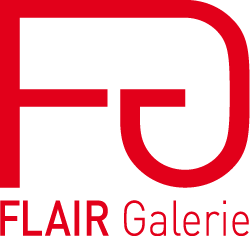Le souffle
Photographs by Laurence Leblanc
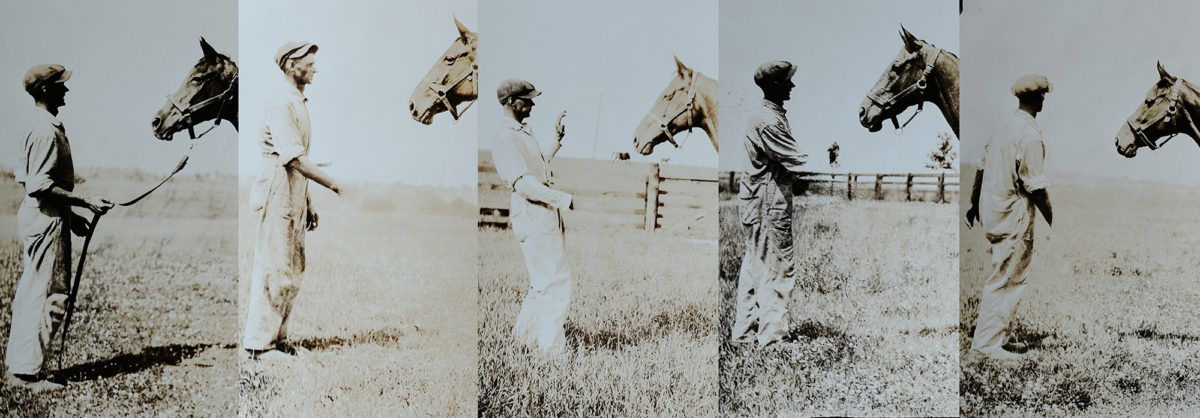
Famous Mares N° 1, France. 2016
Photograph by Laurence Leblanc
Digital print
24 x 70 cm
© Laurence Leblanc
FLAIR Galerie presents from June 30th to September 12th an exhibition of photographs by Laurence Leblanc, winner of the 2016 Prix Niépce, and spotted early on by collector Marin Karmitz. Chéa, her iconic image has been shown world wide.
Now coaxed into the game by FLAIR Galerie, she selects some twenty photographs related to the animal kingdom for an exhibition where we regain the permanence of her regard, which combines and unites, like breath.
With a lens as open as her spirit, Laurence Leblanc travels alone, within herself and out in the world. Exposed, with no barriers or defences to paraphrase Emmanuel Levinas. In this way, links are forged, face to face, from somebody to someone, establishing a relationship, even if fleeting. As if each image devises an invisible implement putting men into a veritable presence together. Veritably present, that is to say sincere, without beguile. Glances not stolen, not taken from the visible layer of the world without something of oneself being freely giving. This exhibition prevails over the “I” and brings to light the paradigm of “Us”. The photographs all account for this axiom of linkage and the presence of the other in a kind of universal kinship.
A photograph in her series “Famous Mares” highlights that link, using the halter that allows man to hold a horse. At the origin of that series, lies an epiphany. In the deepest bowels of a media library in Deauville, the artist fell upon a photographic album. A unique and rare volume, directly from Kentucky, documented certain famous mares in foal, all held by a stable-lad. But who’s posing? Man or horse? Horse and man? From this somewhat pompous and proper presentation, its postcard format meant to convey the power and the glory of these competitive animals, Laurence Leblanc decided to create a new story. She photographs certain pictures of this album, reframing and retouching them. In this new and tighter frame (the face, the halter, the head of the animal), an implicit symbolism takes up a position where the animal kingdom is no longer domesticated, where the stable-lad’s social status is reinvested and redistributed. Domination is dismissed for the profit of a horizontal bond. As if to prove it, the halter is sometimes erased, rubbed out by the passage of time on these photographs dating from 1927.
From a document, Laurence Leblanc draws a new artistic series, in which her photographic gesture seems akin to cinematic editing. Some figures are indeed recurrent, here or there a stable-lad, who facing or profiled, through the device of display or more simply by being hung, seems to turn around and move in front of an imaginary camera. Sensitive to latent state, Laurence Leblanc reinterprets, successfully animating a photo album, infusing it with new breath, a new life. How can we not summon here Edward Muybridge’s chronophotography, but also, inversely, consider a recomposition of movement?
Finally, let us read her words: “It is not man dominating the horse, nor the horse as a paragon of omnipotence. It is face to face.” Face to face, a continuum between two carnal envelopes, discovered in an image taken in Cambodia at the turn of the years 2000, illustrating the rescue of a water buffalo. Covered in mud, the water buffalo could have sunk to the point of disappearing without the help of children. Composed like a painting, that image is similar, from a formal point of view, to a bas-relief in clay where the part played by the animal is sacred. A child’s hand laid upon an animal’s body is a sign of humanity. Note, one cannot distinguish among limbs which belong to the children’s bodies and which are those of the buffalo. A photographic writing emerges in this interlacing, doubtless from a distance misjudged. In a scene of mutual assistance, we foresee that something should be saved in the world of Laurence Leblanc.
What should be saved, kept, is probably this notion of interlacing and benevolence, illustrated so forcefully in The Kiss by Brancusi, a variation on some forty stone sculptures on the same theme of two beings kissing and embracing in their mutual love. Thus, this little Cambodian girl, sits on a parapet, holding in her arms a little dog and all the weight of the world. Through this image, is Laurence Leblanc prolonging the gesture of the sculptor? We could be allowed that conclusion, so recurrent is the motif. One finds it again in the image of the little child holding in his hands a little bird ready to fly off. In this Cambodian ritual captured by Laurence Leblanc, the trained bird is bound (suggesting the double entendre of the word bound) to come back in to the child’s hands. As if, between the bird and child, an invisible thread had been stretched in time.
Léa Chauvel-Levy, 2018
Translated by Ilsa Carter and Pierre Guglielmina
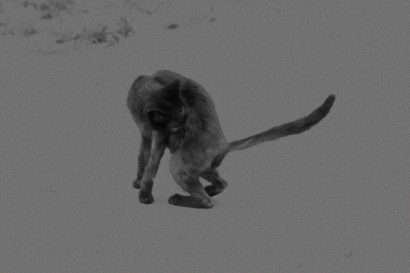
digital print, 20 x 30 cm © Laurence Leblanc
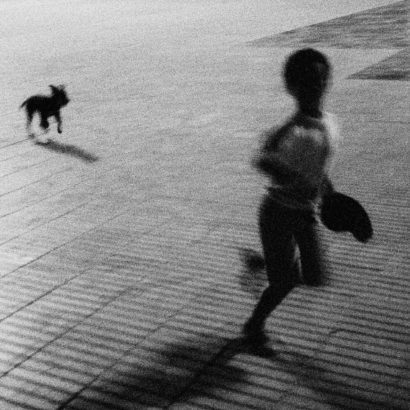
digital print, 35 x 35 cm © Laurence Leblanc
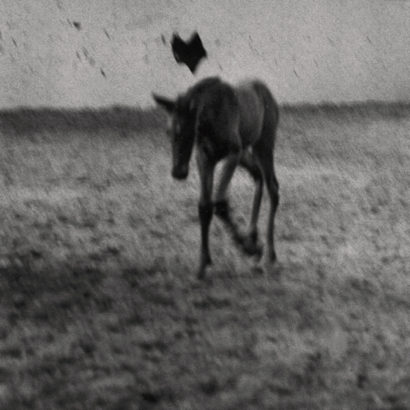
Digital print, 30 x 30 cm © Laurence Leblanc
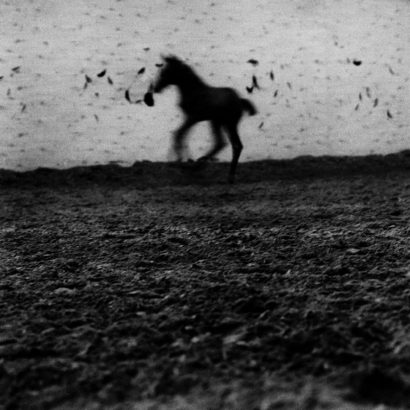
Digital print, 45 x 45 cm © Laurence Leblanc
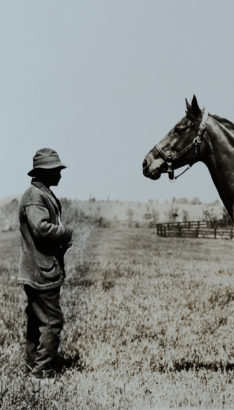
Digital print, 57 x 32,5 cm © Laurence Leblanc
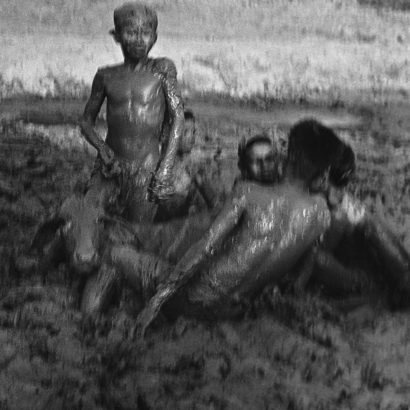
digital print, 45 x 45 cm © Laurence Leblanc
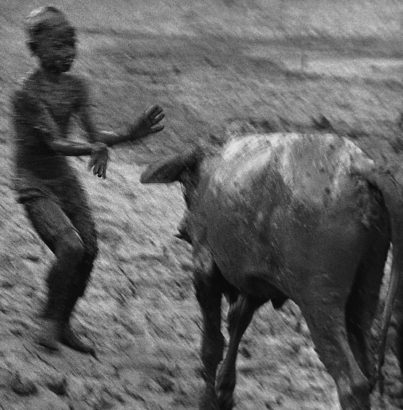
Digital print, 45 x 45 cm © Laurence Leblanc
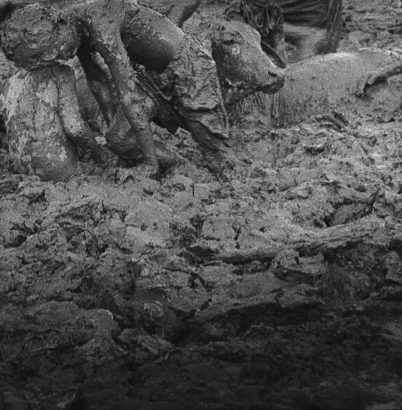
Digital print, 27 x 27 cm © Laurence Leblanc
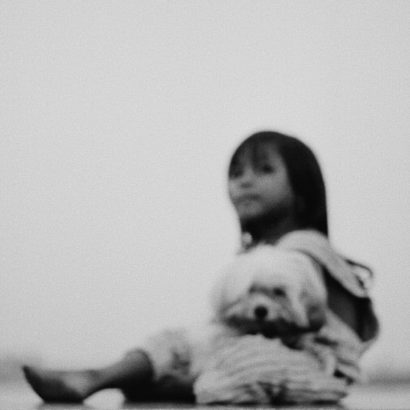
Digital print, 35 x 35 cm © Laurence Leblanc
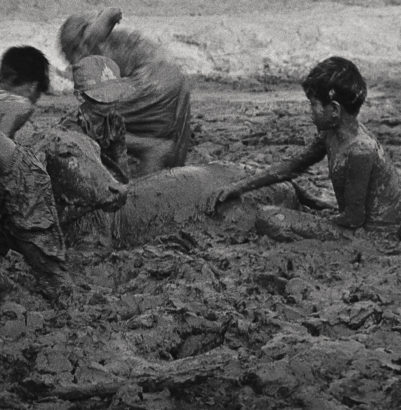
Digital print, 27 x 27 cm © Laurence Leblanc
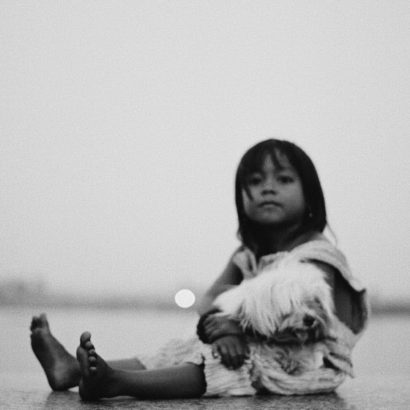
Digital print, 35 x 35 cm © Laurence Leblanc
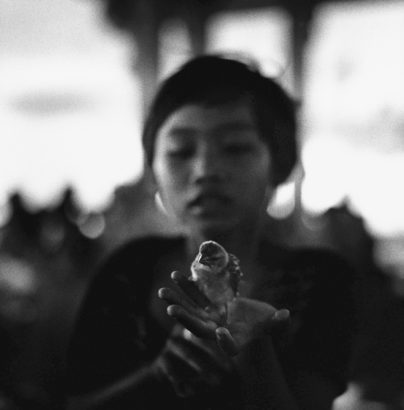
Chromo gelatin silver bromide print with enlarger, 40 x 40 cm © Laurence Leblanc
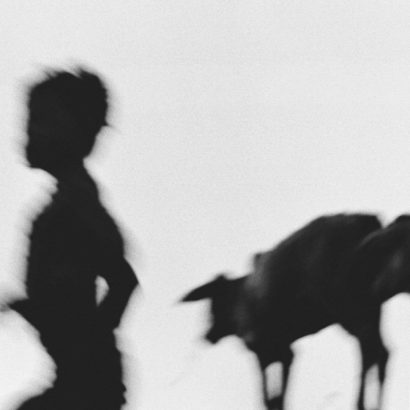
Chromo gelatin silver bromide print with enlarger, 84 x 84 cm © Laurence Leblanc
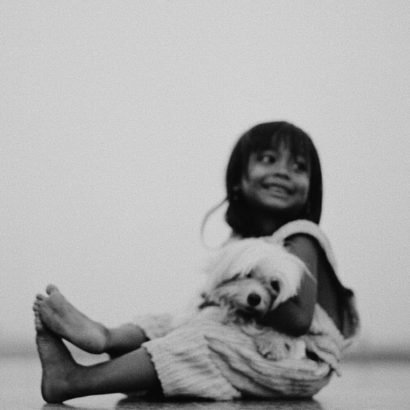
Digital print, 35 x 35 cm © Laurence Leblanc
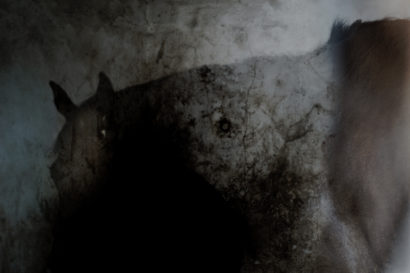
Digital print, 20 x 30 cm © Laurence Leblanc
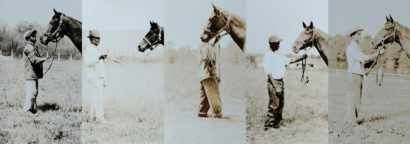
Digital print, 24 x 70 cm © Laurence Leblanc
